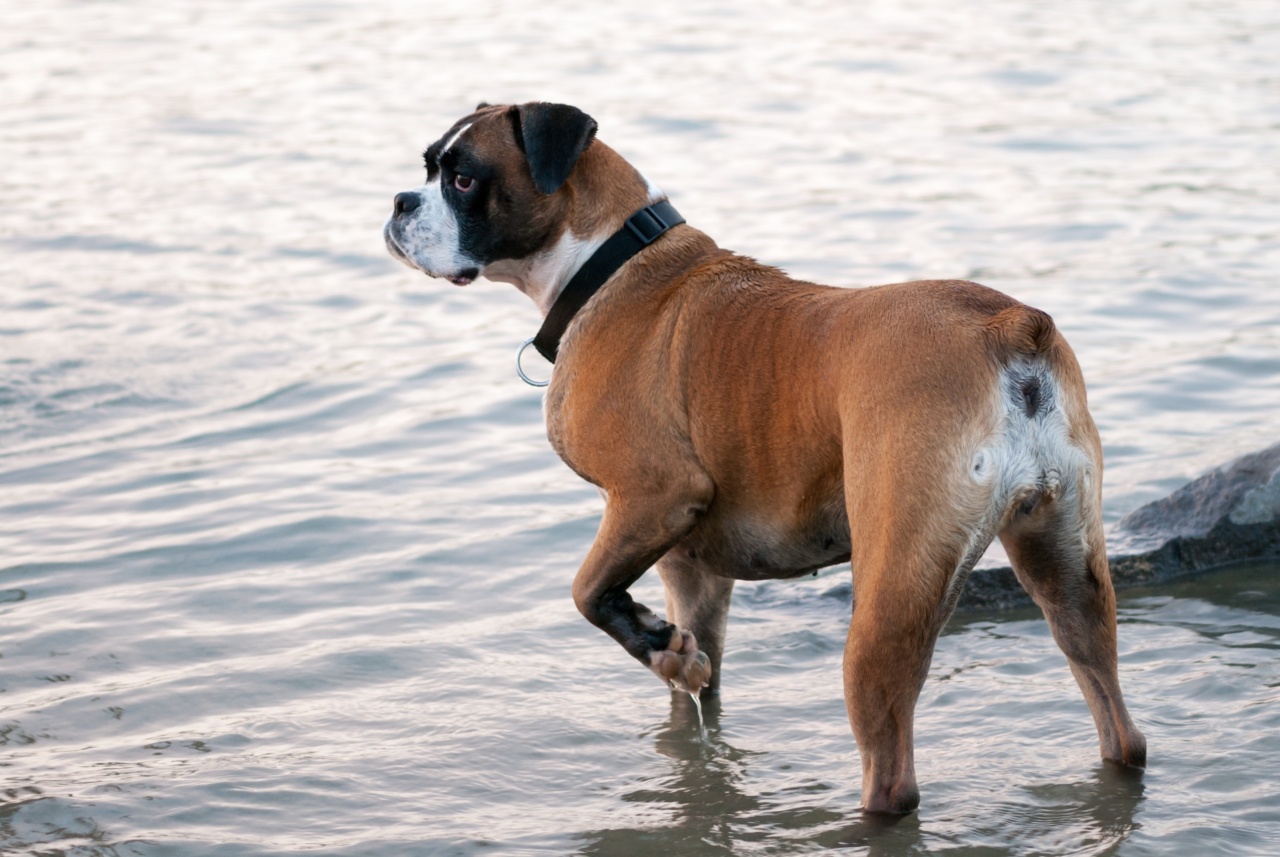When taking your dog on a boating or sailing trip, it’s important to ensure that they stay healthy and strong.
With some preparation and attention to their needs, you can make sure that your furry friend enjoys the sea adventure just as much as you do. Here are some tips on keeping your dog healthy and strong at sea:.
1. Get Your Dog Used to the Boat
Before heading out to sea, it’s a good idea to get your dog accustomed to being on the boat. Start by taking them on short trips and gradually increase the length of time and distance.
Reward them with treats and praise when they are calm and well-behaved. This will help them feel comfortable and less anxious on the boat.
2. Provide Plenty of Fresh Water
Dehydration is a common problem among dogs at sea. Make sure your dog has access to fresh water at all times. Bring a portable water bowl and refill it frequently. Keep in mind that seawater is not safe for dogs to drink.
3. Protect Your Dog from the Sun
Just like humans, dogs can get sunburned. Apply sunscreen to sensitive areas such as the nose and ears. Provide shade with a canopy or umbrella, or create a shaded area with a towel or blanket.
4. Invest in a Life Jacket
A life jacket is a must-have accessory for any dog on a boat. Even if your dog is a strong swimmer, a life jacket will give them added buoyancy and make it easier to retrieve them if they fall overboard.
5. Keep Your Dog’s Meals Regular
Stick to your dog’s regular feeding schedule and bring enough food for the entire trip. Sea air and motion can cause nausea and upset stomachs, so avoid overfeeding or giving your dog table scraps.
6. Take Breaks on Land
Give your dog a chance to stretch their legs and relieve themselves on land. Plan stops at dog-friendly beaches or anchorages where your dog can safely go ashore.
7. Avoid Seaweed and Jellyfish
Seaweed and jellyfish can be harmful to dogs if ingested or touched. Keep your dog away from these creatures, and if your dog is stung by a jellyfish or gets a mouthful of seaweed, rinse their mouth and skin with fresh water as soon as possible.
8. Be Prepared for Emergencies
Accidents can happen on any boating trip. Make sure you have a first-aid kit on board that includes supplies for your dog. Also, bring any necessary medications that your dog may need, such as motion sickness or flea prevention medication.
9. Watch for Signs of Seasickness
Some dogs are prone to seasickness, just like humans. Watch for signs such as vomiting, lethargy, or loss of appetite. If your dog shows any of these symptoms, take a break on land or give them a chance to rest in a quiet, shaded area on the boat.
10. Practice Good Hygiene
Like any enclosed space, a boat can harbor germs and bacteria. Make sure to clean up after your dog and dispose of waste properly. Bring antibacterial wipes or spray to clean surfaces that your dog has come into contact with.




























